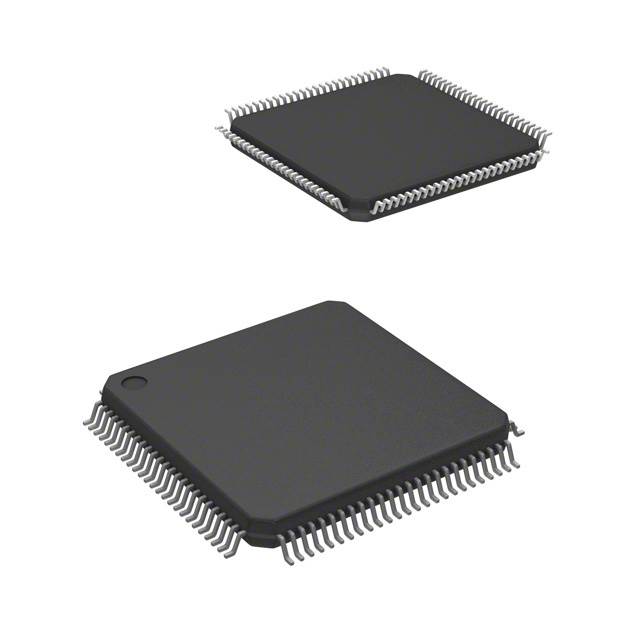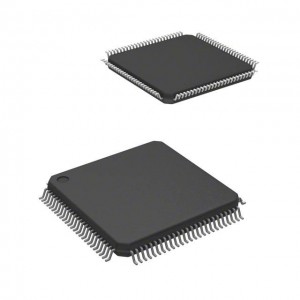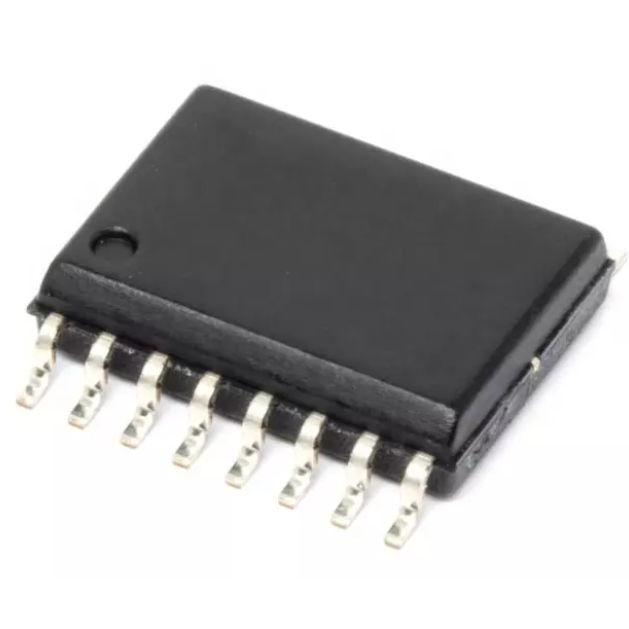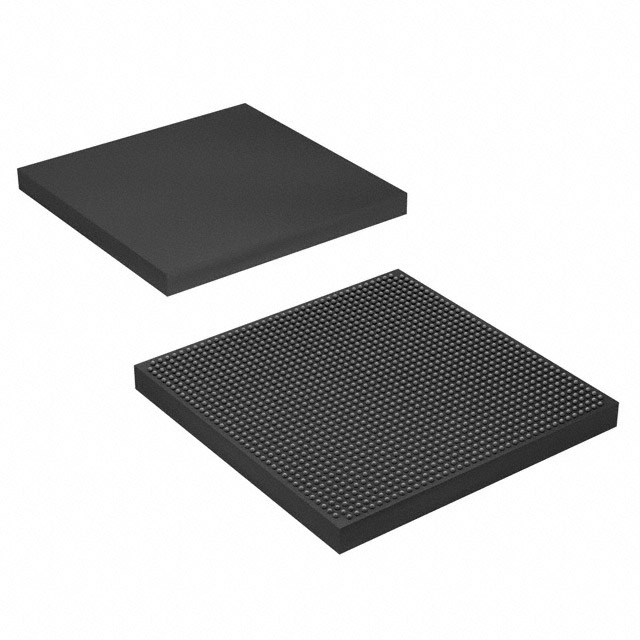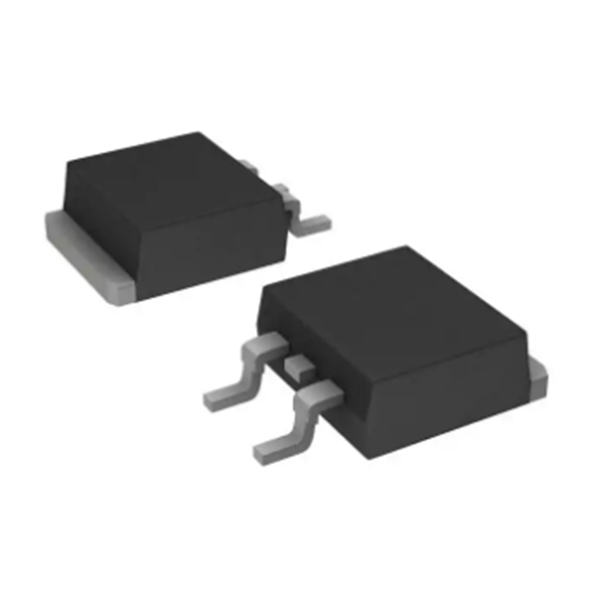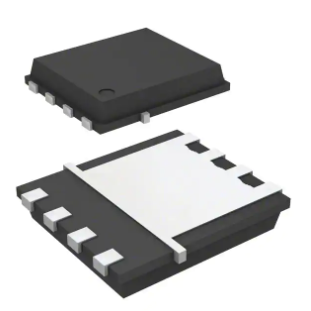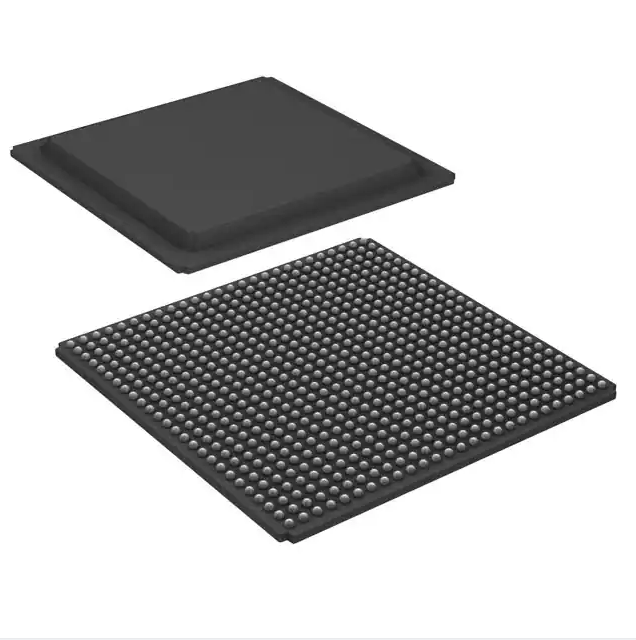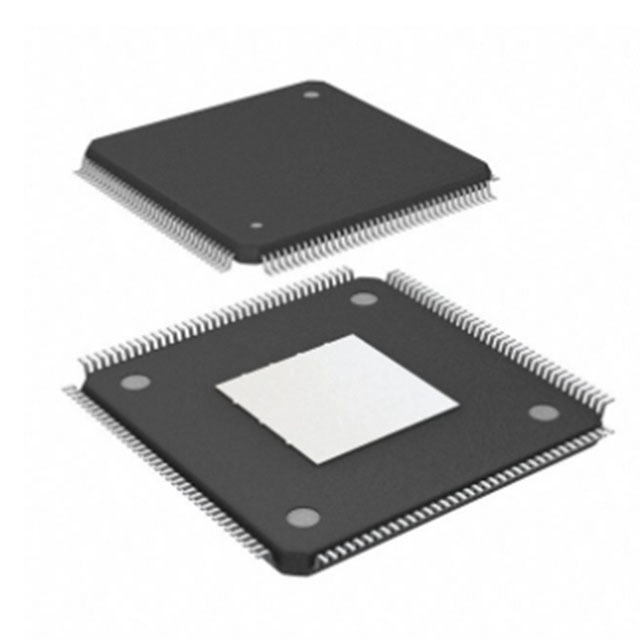LCMXO2-2000HC-4TG100I FPGA CPLD MachXO2-2000HC 2.5V/3.3V
Product Attributes
|
Pbfree Code |
Yes |
|
Rohs Code |
Yes |
|
Part Life Cycle Code |
Active |
|
Ihs Manufacturer |
LATTICE SEMICONDUCTOR CORP |
|
Part Package Code |
QFP |
|
Package Description |
QFP, QFP100,.63SQ,20 |
|
Pin Count |
100 |
|
Reach Compliance Code |
compliant |
|
ECCN Code |
EAR99 |
|
HTS Code |
8542.39.00.01 |
|
Samacsys Manufacturer |
Lattice Semiconductor |
|
Additional Feature |
ALSO OPERATES AT 3.3 V NOMINAL SUPPLY |
|
Clock Frequency-Max |
133 MHz |
|
JESD-30 Code |
S-PQFP-G100 |
|
JESD-609 Code |
e3 |
|
Length |
14 mm |
|
Moisture Sensitivity Level |
3 |
|
Number of Inputs |
79 |
|
Number of Logic Cells |
2112 |
|
Number of Outputs |
79 |
|
Number of Terminals |
100 |
|
Operating Temperature-Max |
100 °C |
|
Operating Temperature-Min |
-40 °C |
|
Package Body Material |
PLASTIC/EPOXY |
|
Package Code |
QFP |
|
Package Equivalence Code |
QFP100,.63SQ,20 |
|
Package Shape |
SQUARE |
|
Package Style |
FLATPACK |
|
Packing Method |
TRAY |
|
Peak Reflow Temperature (Cel) |
260 |
|
Power Supplies |
2.5/3.3 V |
|
Programmable Logic Type |
FIELD PROGRAMMABLE GATE ARRAY |
|
Qualification Status |
Not Qualified |
|
Seated Height-Max |
1.6 mm |
|
Supply Voltage-Max |
3.465 V |
|
Supply Voltage-Min |
2.375 V |
|
Supply Voltage-Nom |
2.5 V |
|
Surface Mount |
YES |
|
Terminal Finish |
Matte Tin (Sn) |
|
Terminal Form |
GULL WING |
|
Terminal Pitch |
0.5 mm |
|
Terminal Position |
QUAD |
|
Time@Peak Reflow Temperature-Max (s) |
30 |
|
Width |
14 mm |
Product Introduction
FPGA is the product of further development on the basis of programmable devices such as PAL and GAL, and it is a chip that can be programmed to change the internal structure. FPGA is a kind of semi-custom circuit in the field of application-specific integrated circuit (ASIC), which not only solves the shortcomings of custom circuit, but also overcomes the shortcomings of the limited number of gate circuits of the original programmable device. From the point of view of chip devices, the FPGA itself constitutes a typical integrated circuit in a semi-customized circuit, which contains a digital management module, a built-in unit, an output unit and an input unit.
Differences between FPGA, CPU, GPU, and ASIC
(1) Definition: FPGA is a field programmable logic gate array; The CPU is the central processing unit; A GPU is an image processor; Asics are specialized processors.
(2) Computing power and energy efficiency: In FPGA computing power, the energy efficiency ratio is better; The CPU has the lowest computing power and the energy efficiency ratio is poor; High GPU computing power, energy efficiency ratio; ASIC high computing power, energy efficiency ratio.
(3) Market speed: FPGA market speed is fast; CPU market speed, product maturity; GPU market speed is fast, the product is mature; Asics are slow to market and have a long development cycle.
(4) Cost: FPGA has low trial and error cost; When GPU is used for data processing, the unit cost is the highest; When GPU is used for data processing, the unit price is high. ASIC has high cost, can be replicated, and the cost can be effectively reduced after mass production.
(5) Performance: FPGA data processing capability is strong, generally dedicated; GPU most general (control instruction + operation); GPU data processing has strong versatility; ASIC has the strongest AI computing power and is the most dedicated.
FPGA application scenarios
(1) Communication field: The communication field needs high-speed communication protocol processing methods, on the other hand, the communication protocol is modified at any time, not suitable for making a special chip, so the FPGA that can flexibly change the function has become the first choice.
The telecommunications industry has been heavily using FPGas. Telecommunications standards are constantly changing and it is very difficult to build telecommunications equipment, so the company that provides telecommunications solutions first tends to capture the largest market share. Asics take a long time to manufacture, so FPGas offer a shortcut opportunity. The initial versions of telecom equipment began to adopt FPgas, which led to FPGA price conflicts. While the price of FPGas is irrelevant to the ASIC simulation market, the price of telecom chips is.
(2) Algorithm field: FPGA has a strong processing ability for complex signals and can process multidimensional signals.
(3) Embedded field: Using FPGA to build an embedded underlying environment, and then writing some embedded software on top of it, the transactional operation is more complicated, and the operation of FPGA is less.
(4)Security monitoring field: At present, the CPU is difficult to do multi-channel processing and can only detect and analyze, but it can be easily solved with FPGA, especially in the field of graphics algorithms.
(5) Industrial automation field: FPGA can achieve multi-channel motor control, the current motor power consumption accounts for the majority of global energy consumption, under the trend of energy conservation and environmental protection, the future of all kinds of precision control motors can be used, a FPGA can control a large number of motors.






